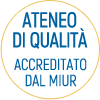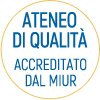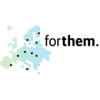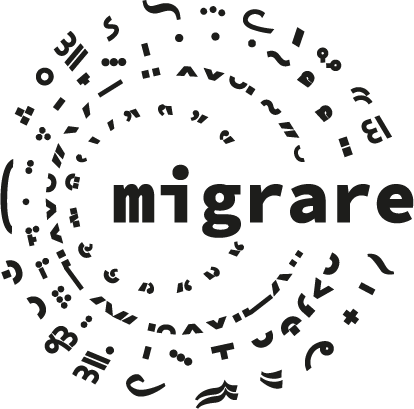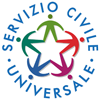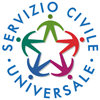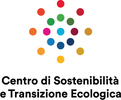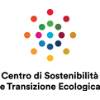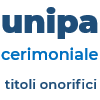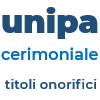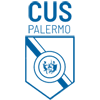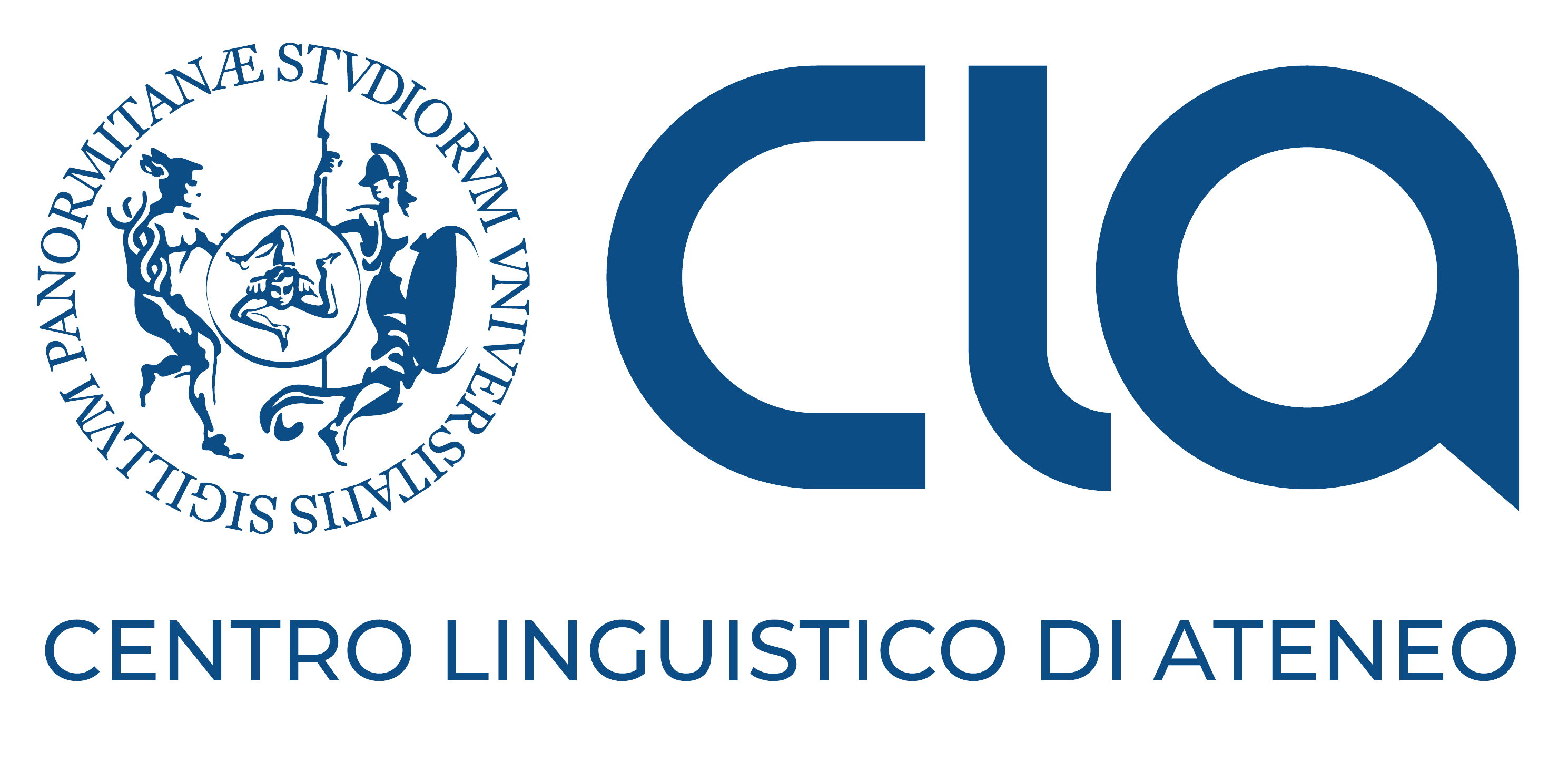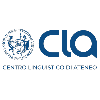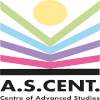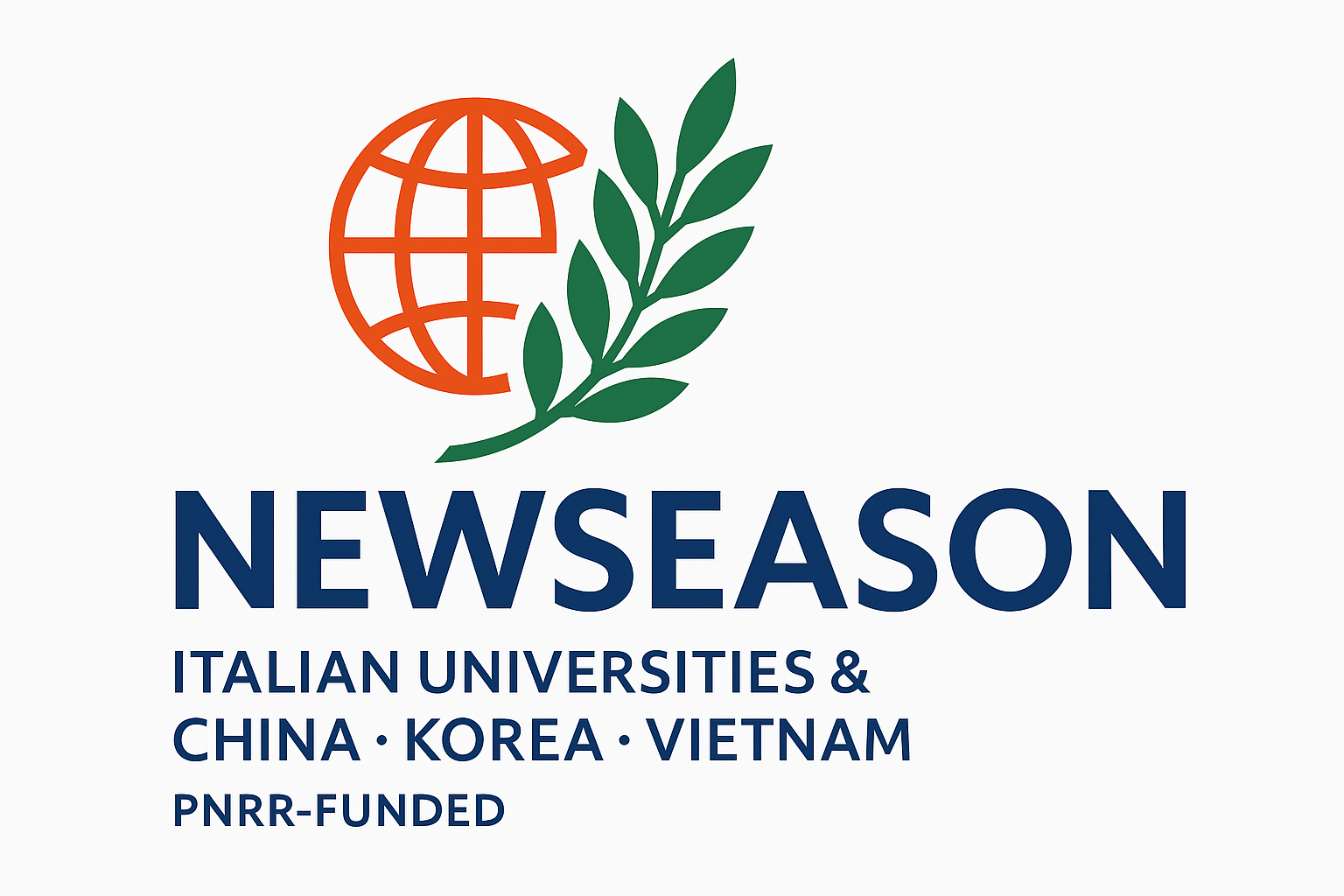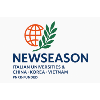Attività formative ciclo XL
Dottorato in “Tecnologie e Scienze per la Salute dell'Uomo” ciclo XL - PhD in “Technologies and Science for Human Health” Cycle XL
Courses and training
Students have to attend thematic courses and training seminars held by faculty members and scientists from other institutions for a minimum of 20 hours a year. Courses include formal lectures and seminars. The proposed integrated methodology will allow doctoral students to approach new topics and/or to deepen specialist topics. They will develop specific skills, such as that of writing a scientific paper and a research project, presenting results, evaluating a scientific manuscript.
Students have to select their study plan for PhD board approval in agreement with the main supervisor within 3 months from the enrollment. Before submitting the study plan students are required to contact the course responsible.
The language of the courses is Italian/English and assessment of the final exam is required
| ore / hours |
|
|
|
|
Epigenetic mechanisms of gene regulation |
8 |
The course aims to describe the main epigenetic mechanisms involved in the modulation of the different levels of the biological information flow in response to environmental cues. The most modern and relevant molecular biology techniques used in these studies will be outlined. In addition, some of the most recent discoveries in this field of advanced research will be interpreted and commented, also referring to the role of epigenetic regulation in the field of human health. |
Prof. V. Cavalieri |
|
Computational Drug Design: |
10 |
The course aims to help the doctoral student acquire the skills necessary to understand the issues inherent in the design and development of bioactive molecules. The course will focus on computational approaches that can facilitate the identification and optimization of hits and lead compounds.
The continuous discovery of new biological targets suitable for therapeutic intervention should be accompanied by a high and rapid development of newly discovered ligands or drug repurposing. From this perspective, computational approaches, such as Docking, molecular dynamics, free energy calculations, and reverse modeling represent efficient tools for obtaining information on structure-function relationships for small molecules or natural compounds. Other ligand-based approaches, such as molecular similarity fingerprints, shape methods, pharmacophoric modeling, and QSARs are also widely used in hit/lead identification and optimization.
The course hinges on the objectives of the doctorate and the topics may prove valid for using these approaches in a multidisciplinary way (Applied Physics, Chemistry, Biology, Biotechnology, Medicine and Bioengineering, Chemistry and Pharmaceutical Technology).
|
Marco Tutone |
|
Drug development for the pharmaceutical industry |
10 |
The course is aimed at PhD students who wish to continue their research in the pharmaceutical industry. Lessons will focus on the application of advanced organic synthesis techniques for drug development. After the rational design of new bioactive molecules, the synthesis will be developed through the application of innovative techniques, such as microwave, click chemistry, solid-phase synthesis, and flow chemistry, and by environmentally friendly processes for the isolation and purification of new molecules (e.g. MPLC, SPE). The last part of the course will focus on the preclinical and clinical development phases of a bioactive molecule for drug approval and marketing. |
Maria Valeria Raimondi |
|
Applications of Physics to Medicine |
8 |
The course aims to provide PhD students with general knowledge on the applications of Physics to medicine by describing the experimental procedures underlying the main medical applications and advanced diagnostic and therapy techniques. In particular, the main diagnostic techniques (such as radiography, radioscopy, computed tomography, positron emission tomography, structural and functional magnetic resonance imaging) will be introduced in both clinical and preclinical settings. The physical principles of the various techniques as well as the information provided on the structure and functionality of the various organs and tissues will be discussed. In the therapeutic field, both radiotherapy techniques with conventional beams and with hadrons and recent therapies with focused ultrasound will be presented.. |
Prof. M. Marrale |
|
Nanostructured systems for drug delivery: production and characterization |
6 |
The course aims at providing basic principles on the production and characterization of nanostructured drug delivery systems. In particular, design, fabrication and characterization of nanostructured carriers for controlled drug delivery, drug targeting, and theranostics, will be discussed. Lessons will be focused on most advanced platforms applied either for therapy and bioimaging and their potential combination for theranostics. Pharmacokinetic aspects, biomaterials properties, production, synthetic and chemical functionalization and physical-chemical characterization procedures will be presented and discussed. |
Prof. F.S. Palumbo Prof. M. Licciardi |
|
Production and characterization of electrospun biomaterials for drug delivery and regenerative medicine |
6 |
The course aims at providing theoretical and practical basis about manufacturing and chemical-physical characterization procedures of electro-spun biomaterials applied for the drug delivery and regenerative medicine purposes. Theoretical notions on the electrospinning manufacturing technique will be presented and discussed. Most advanced biomedical applications will be presented and discussed; practical sections of the manufacturing procedures will also be carried out. |
Prof. F.S. Palumbo Prof. M. Licciardi |
|
3D and Super Resolution Microscopy |
18 |
The course addresses PhD students and aims to provide key concepts related to experimental techniques regarding advanced optical microscopy with applications to biology, biophysics, biomedicine and nanotechnologies and related research fields. The course wants to lead students to the full acquisition of knowledge and skills useful for the correct designing and implementation of experiments that involve the acquisition of volumetric and/or high spatial-resolved images (super resolution). The course, after an introduction to the fundamentals of optical microscopy, deals with the theoretical and experimental aspects concerning confocal and multiphoton fluorescence microscopy, light sheet fluorescence microscopy (LSFM) and the most advanced methods of super resolution (Stimulated emission depletion microscopy - STED, Photoactivated localization microscopy - PALM, Stochastic Optical Reconstruction Microscopy - STORM) for the observation of high-resolved three-dimensional reconstruction of living and fixed biological samples. The course aims to provide fundamental skills to identify, using the analyzed microscopy techniques, the involved molecular mechanisms of the specific experimental models of interest for students. Particular attention is due to the physical characteristics concerning the preparation of the samples for a correct three-dimensional visualization and analysis. The course also intends to provide the basis knowledge for the use of specific softwares for analyzing microscopy data and for a quantitative interpretation of the images. Furthermore, the course aims to provide transversal soft skills that result in the critical ability to independently select the appropriate experimental procedures and the suitable advanced microscopy techniques for the correct visualization of the specific sample under examination. |
Dr. G. Sancataldo |
|
NMR techniques for the determination on molecular and materials structure |
24 |
The course is aimed at illustrating the use of modern NMR techniques for elucidating the structure of molecular compounds and for characterizing supramolecular aggregates and organic materials. It provides 24 hours of front lectures and focuses on the following topics: - Introduction to NMR spectroscopy: spin theory, excitation of spinning nuclei, chemical shift. Pulse NMR techniques, nuclear relaxation and FID, pulse sequences, relaxation times and their determination. - 1H NMR spectroscopy: chemical shift of 1H nuclei, magnetic anisotropy of unsaturated functional groups. Spin coupling and coupling constants, complex spin systems, magnetic equivalence and its consequences. Double resonance techniques: decoupling, polarization transfer, NOE effect and its application to stereochemistry problems. - 13C NMR spectroscopy: 1H-13C decoupling and its consequences, off-resonance, inverse-gated decoupling, INEPT and DEPT techniques. - Correlation Spectroscopy: homo- and hetero-correlation, COSY, HETCOR, HMQC, HSQC, COLOC and HMBC techniques, 13C-13C correlation spectroscopy, INADEQUATE. - Advanced NMR techniques: 2D and 2D TOCSY, NOESY and ROESY, dynamic NMR and its applications, solid-state NMR, FFC-NMR relaxometry. - Interpretation of combined NMR spectra. |
Prof. P. Lo Meo. |
|
Fundamentals for approaching the use of animal models in preclinical research |
8 |
The proposed lessons are aimed at doctoral students who intend to approach the use of animals for research, in order to provide the basic knowledge to be able to plan procedures and projects and to take care of animals. Course topics will focus on Module I - National legislation on the use of animals for scientific purposes - Drafting of documents for the Ministerial Authorization Request for a project involving the use of animals for scientific purposes - basics of rodent biology and physiology Module II - basics on zebrafish biology and physiology - use of zebrafish in biomedical research Module III -Generation of animal models for the study of human health |
Prof M. G. Zizzo Prof V. Cavalieri Prof G. Ghersi |
|
Physical-Chemistry of Nanomaterials and their Applications |
24 |
The course aims to provide knowledge regarding nanotechnologies and their use in human health. These topics will be addressed in a multidisciplinary manner, emphasizing the development and optimization of bio- and eco-friendly nanomaterials and the required chemical-physical and biological properties for their safe and effective application in biomedicine. The course includes 24 hours of frontal teaching and will be structured as follows: 1) Introduction to nanotechnology, its value for human health, the difficulties in designing and optimizing nanomaterials and nanodevices for biomedical applications, and the processes used (bottom-up, top-down, and template-based) for their production. 2) Characteristics and discriminating interactions in nanomaterials compared to bulk materials. Notes on the physical-chemistry of solid surfaces and surface energy. 3) Stabilization of nanomaterials for their use: the Derjaguin, Landau, Vervey, and Overbeek (DLVO) theory of stability for colloidal systems and its extension. 4) Fundamental parameters for designing and producing nanomaterials: the importance of size and morphology for their chemical-physical and application properties. Case studies: nanoparticles, one- (nanowires and nanorods) and two-dimensional (thin films) structures, and the main formation mechanisms. 5) Techniques for the physical-chemical characterization of nanomaterials and their properties. 6) Applications of nanomaterials in (bio) medicine as diagnostic, theranostic, and therapeutic agents. Case studies: nanomaterials such as contrast agents, cell markers, and new antimicrobials. Notes on the use of nanomaterials as anticancer and for tissue engineering. Notes on the toxicity and safety of using nanomaterials for human health.
|
Dr. E. Piacenza |
|
Antibacterial activity and drug-resistance acquisition: cellular targets and molecular mechanisms |
10 |
The course aims to provide basic knowledge of the cellular and molecular mechanisms that regulate the activity of prokaryotic cells. Some of the main natural and/or synthetic drugs used in the clinic in contrasting antibacterial infections will be presented, deepening their mechanisms of action with particular attention to cellular structures, chosen as drug targets. Some of the genetic and biochemical mechanisms underlying drug resistance will also be described during the course. |
Prof. R. Alduina |
|
Antitumoral activity and drug-resistance acquisition: cellular targets and molecular mechanisms |
10 |
The course aims to provide basic knowledge of the cellular and molecular mechanisms that regulate the activity of tumoral cells. Some of the main natural and/or synthetic drugs used in the clinic in contrasting tumor growth will be presented, deepening their mechanisms of action with particular attention to cellular structures, chosen as drug targets. Some of the genetic and biochemical mechanisms underlying drug resistance will also be described during the course. |
Prof. Patrizia Cancemi |
|
Isolation and characterization of bioactive molecules and biopolymers from invertebrate animals |
8 |
The course aims to provide PhD students general knowledge on the use of invertebrate animals for the identification of bioactive molecules (drugs, reagents, probes, peptides) and biopolymers from invertebrate organisms.
The course will focus on methods and computational approaches that can facilitate the identification and optimization of bioactive molecules.
- Toxins as Potential Biotools for the Development of Novel Therapeutics (Analgesic Drug, Neuroprotective Effector, Chemotherapy Drugs, Anti-Inflammatory Drugs, Adjuvant for Drug Absorption, Diagnostic Tests); Recombinant Toxins (Biotools and Drug Targets).
-Venom peptides used in the treatment of neurological diseases such as epilepsy, neurodegenerative diseases such as Parkinson's and Alzheimer's, pain treatment;
- Isolation and characterization of peptides with antimicrobial, antitumor and immunomodulatory activity from marine invertebrates.
|
Prof. A. Vizzini |
|
Production of microparticles by mini spray dryer Training |
6 |
The activities aim the doctoral students to acquire theoretical / practical notions on the spray drying process, or drying by atomization, and on its application for the production of solid microparticles useful in the biomedical and industrial fields. The activities include theoretical training on the fundamentals of this technique and a practical demonstration with the MINI SPRAY DRYER BUCHI B-290 within AteN infrastructure. The course will provide an introduction to the structural characteristics and operating conditions of the spray dryer, simultaneously with the practical laboratory demonstration to produce a prototype of microparticles. |
Prof. M. Licciardi |
|
Confocal microscopy Training |
6 |
The training aims to provide knowledge and skills so that doctoral students can independently design and carry out simple confocal microscopy experiments (3D imaging and colocalization) using a semi-automatic microscope supplied with the Aten infrastructure, avoiding the most common artifacts. |
Prof. V. Vetri |
|
Structural Biology and its applications in Drug Discovery. |
10 |
5 seminars lasting approximately 2 hours each
The proposed cycle of seminars aims to provide students with the necessary tools for a detailed and critical analysis of the structure of proteins and macromolecular complexes, and the implications that this information has in Drug Discovery processes. The first seminar will be dedicated to the general principles of Structural Biology and the structure of proteins, and to the understanding of the physico-chemical properties of amino acids, of the different levels of molecular organization in proteins, and of the structure/function relationship. Three seminars dedicated to the main structural investigation techniques (NMR, X-ray and cryo-EM), their applications and limits will follow. For each technique, they will be covered the basic principles, the dedicated instrumentation, sample preparation, data acquisition and analysis. A fifth seminar will be dedicated to the comparison of the three structural investigation techniques, with examples and practical considerations, and to the use of databases (PDB, EM Database, SCOP and SWISS-PROT). The rudiments for the use of software dedicated to protein visualization of structures will also be provided. |
Dr. C. Alfano (Fondazione Ri.Med) |
|
Writing a Scientific Research Project Proposal |
6 |
Scientific research has become more competitive year after year, and finding appropriate funding sources and writing successful project proposals are therefore a core competency for scientists. - Seek funding bodies to support research in their fields; - Formulate a research hypothesis; - Design an effective research plan; - Write a competitive research proposal. |
Dr. S. Scilabra (Fondazione Ri.Med) |
|
Label-free electrochemical impedance spectroscopy for analytes detection |
8 |
Electroanalytic platforms constitute an established method for the investigation of biological systems. Researches continuously strive to develop rapid, highly selective and low sample consumption analytical assays based on current, charge or potential related to electrochemical processes involving the analyte at the electrode/electrolyte interface. In this scenario, electrochemical impedance spectroscopy (EIS) is gaining more and more interest, as a versatile and broad scope electrochemical tool, permitting in-depth analysis of time-resolved electrochemical processes, based on the current or potential response as a function of potential or current periodic perturbation exciting the electrochemical cell at frequencies typically in the 10-2 Hz - 105 Hz range [1]. The system response is measured as the electrochemical impedance (Z), such value permitting to quantitatively analyse biointerfacial characteristics of the electrode, related to analytically relevant biomolecular interactions (e.g. DNA aptamers-targets, antibody-antigen, cell capture). Differently to classical cyclic voltammetry, EIS permits measurements at predetermined voltages and in the absence of probe labeling. This latter feature is of particular importance since labelling can affect the probes-target affinity, thus making the experiments more complex and time consuming. As to the laboratory activities (four hours), the students will prepare and test electrodes for impedance characterization in aqueous buffer for biomolecules adsorption (e.g. proteins). As a second experience, they will understand how to use EIS to analyse oil-in-water Pickering emulsions, obtaining an electrochemical equivalent circuit based on their acquired data. |
Dr. G. Arrabito |
|
Applications of cell culture-based models for the initial characterization of the mechanisms of action of molecules to be adopted in clinical trials |
5 |
The seminar is divided into two parts. The first, held by Dr. Paola Poma, focuses on the presentation of the three phases of clinical drug trials and subsequent post-marketing monitoring with references on pharmacovigilance, phytovigilance and pharma-coepidemiology. Preclinical studies will also be examined, specifying the merits and limits of the use of animal models and presenting the alternative strategies implemented in recent years. Subsequently, Prof. Michela Giuliano will introduce the main in vitro models for preclinical experimentation. In particular, the main types of cell cultures, including primary, continuous, tumor, stem cells up to 3D cultures and organoids, will be presented. The main assays used for the study of toxicity and related biochemical pathways will be described. The seminar is intended for PhD students with non-biological background who use biological models in their PhD research project.
|
Prof. M. Giuliano Dr. P. Poma |
Annual Workshop
An annual workshop will be organized where student will present their research activity.
Language Training
The seminar activities are carried out in English. The thesis is written in English. The CLA (Ateneo Language Center) organizes language training courses open to PhD students. The CLA also provides Italian courses for foreigners open to foreign students of the PhD program.
Seminar of general interest for PhD students
The University PhD School organizes a series of training sessions focused on interdisciplinary topics, including research management, understanding research systems, and navigating funding systems. These sessions are designed for researchers and PhD students




